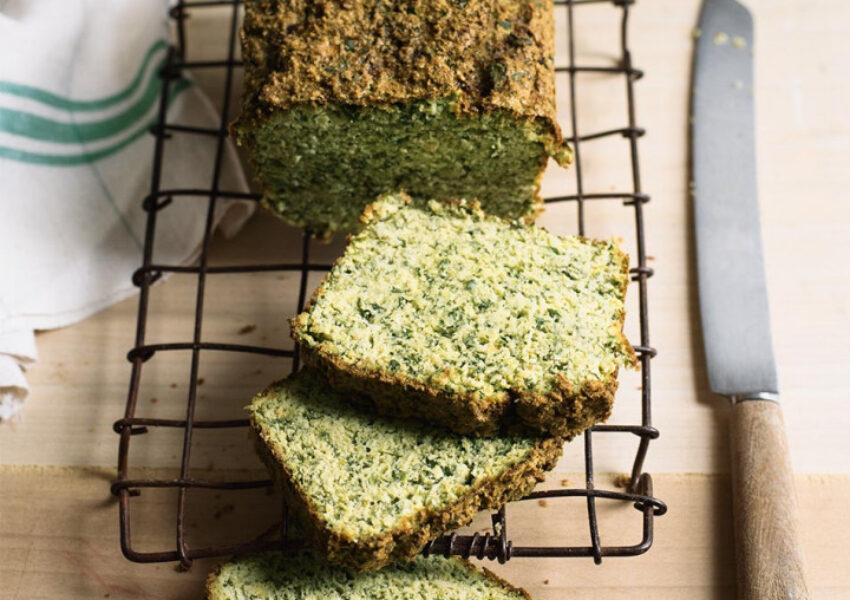How to Eat More Fibre
Nov 2019
Denis Burkitt, an eminent physician and researcher from the 1970’s, who made many observations about the role of dietary fibre in health, is reported to have said ‘If you pass small stools, you have to have large hospitals’. It’s a flippant phrase, but he may have been right in many ways.
Fibre is a key component of a healthy diet. Here in the UK, we are encouraged to consume 30g fibre per day – but the average adult intake is just 19g (NDNS, 2018). We could be doing a bit better.
Why is fibre important?
Alongside the basic role of fibre in regulating our gut health, studies have consistently shown that a high fibre intake is associated with a reduced risk of several other chronic (long-term) conditions, including:
Cardiovascular diseases, including heart disease or stroke
Certain types of cancer (including colorectal)
Type 2 diabetes
Obesity
(Veronese et al., 2018) (Reynolds et al., 2019)
There are lots of theories about how and why these benefits might occur; a higher intake of fibre may help reduce total body inflammation, benefit the gut microbiota, help us feel fuller for longer and balance blood sugar and lipid levels (Reynolds et al., 2019). But you don’t need to take specific fibre supplements to get these potential benefits as common foods that contain lots of fibre – such as fruits, vegetables and wholegrains – also happen to be great sources of vitamins, minerals and other beneficial plant chemicals. It’s a bit of a win-win.
Six ways to boost the fibre in your diet
ONE
Integrate more beans and pulses into your meals. Alongside legume-centric recipes (like hummus, bean stews, baked beans or dahl), try adding them into other dishes. Blend cannellini beans into vegetable soups, roast chickpeas to sprinkle onto salads or throw some lentils into mince to bulk it out.
TWO
Eat plenty of whole fruit or vegetables. Buy a vegetable scrubbing brush and give everything a good wash first, and you’ll often get away without having to peel them (so long as the skins are actually edible, obviously). I suggest gradually working towards having 3 portions of fresh fruit and up to 6 portions of vegetables a day.
THREE
Increase a specific type of fibre in your diet, called resistant starch (which is thought to be particularly beneficial for the gut microbiota) by cooking, then completely cooling pasta and potatoes before eating them. The process of cooling to fridge temperature creates chemical changes in the structure of the carbohydrates, which make them resistant to digestion – even if you heat them up again. So cold potato or pasta salads have more resistant starch in them than if you simply ate the same salad hot.
FOUR
Add seeds or nuts to a range of dishes. Porridge, salads, soups, baking, bread – they can all take a sprinkle of seeds or a handful of chopped nuts. Even crunchy nut butters count. Have a go at making some chia puddings for a fibre-rich but still light and delicious breakfast or dessert.
FIVE
Choose to eat whole, minimally processed grains wherever possible. The minimal processing part (i.e., when the grain looks pretty similar to how it did whilst growing, rather than being processed into a packaged food or flour) is probably quite important to maximise potential nutritional benefits. Look out for quinoa, brown rice, whole rolled oats, millet, amaranth and pearl barley.
If you have time, it’s worth soaking your whole grains for a while before cooking. I usually aim for 12-24 hours, covering the grains liberally in filtered water, then drained before cooking in fresh water. This helps to make them more digestible, and cuts significantly down on cooking time. But it’s not something to worry too much about if you’re pushed for time.
SIX
When buying grain-based products, like pasta or bread, try to buy the brown or wholegrain options rather than the plan white ones. Things like brown spelt or rice pasta, 100% wholegrain rye bread (such as the ones from Biona) or wholegrain crackers. A useful trick to help guide you is to look for foods with >6g fibre per 100g on the label.
Are there any downsides to increasing the fibre in my diet?
As with everything in nutrition, too much of a good thing can be problematic for some people.
If you suffer from gastrointestinal disease, such as Crohn’s disease, ulcerative colitis, other conditions of the bowel or IBS, you may have been advised to be cautious about the amount or type of fibre you consume. In which case, please do continue to follow the advice you have been given. Even for otherwise healthy people, a rapid change in fibre intake can lead to a change in bowel habits (either diarrhoea or constipation). Always make shifts gradually, and ensure you’re drinking plenty of water too.
If you have low iron or other mineral levels, then increasing the amount of fibre you consume has the potential to make the problem worse. This is because a high fibre diet can slightly inhibit the absorption of certain essential minerals from food. Soaking legumes and pulses before cooking them can help, as can ensuring that you are getting plenty of the important dietary minerals overall, and avoiding drinking tea or milky drinks around mealtimes (as these can also inhibit mineral absorption). As always, a bit of common sense and attention to your own body’s cues goes a long way.
References
NDNS: National Diet and Nutrition Survey: Results from years 7 and 8 (combined), 2018. Office for National Statistics. gov.uk/government/statistics/
Reynolds, A., Mann, J., Cummings, J., Winter, N., Mete, E. and Te Morenga, L. (2019). Carbohydrate quality and human health: a series of systematic reviews and meta-analyses. The Lancet, 393(10170), pp.434-445.
Veronese, N., Solmi, M., Caruso, M., Giannelli, G., Osella, A., Evangelou, E., Maggi, S., Fontana, L., Stubbs, B. and Tzoulaki, I. (2018). Dietary fiber and health outcomes: an umbrella review of systematic reviews and meta-analyses. The American Journal of Clinical Nutrition, 107(3), pp.436-444.
Baron, R. (2013). Eat more fibre. BMJ, 347(f7401).
MORE TO EXPLORE
Please note that the information on this website is provided for general information only, it should not be treated as a substitute for the medical advice of your own doctor or any other health care professional providing personalised nutrition or lifestyle advice. If you have any concerns about your general health, you should contact your local health care provider.
This website uses some carefully selected affiliate links. If you buy through these links, we may earn an affiliate commission, at no additional cost to you. This helps to keep all of our online content free for everyone to access. Thank you.






